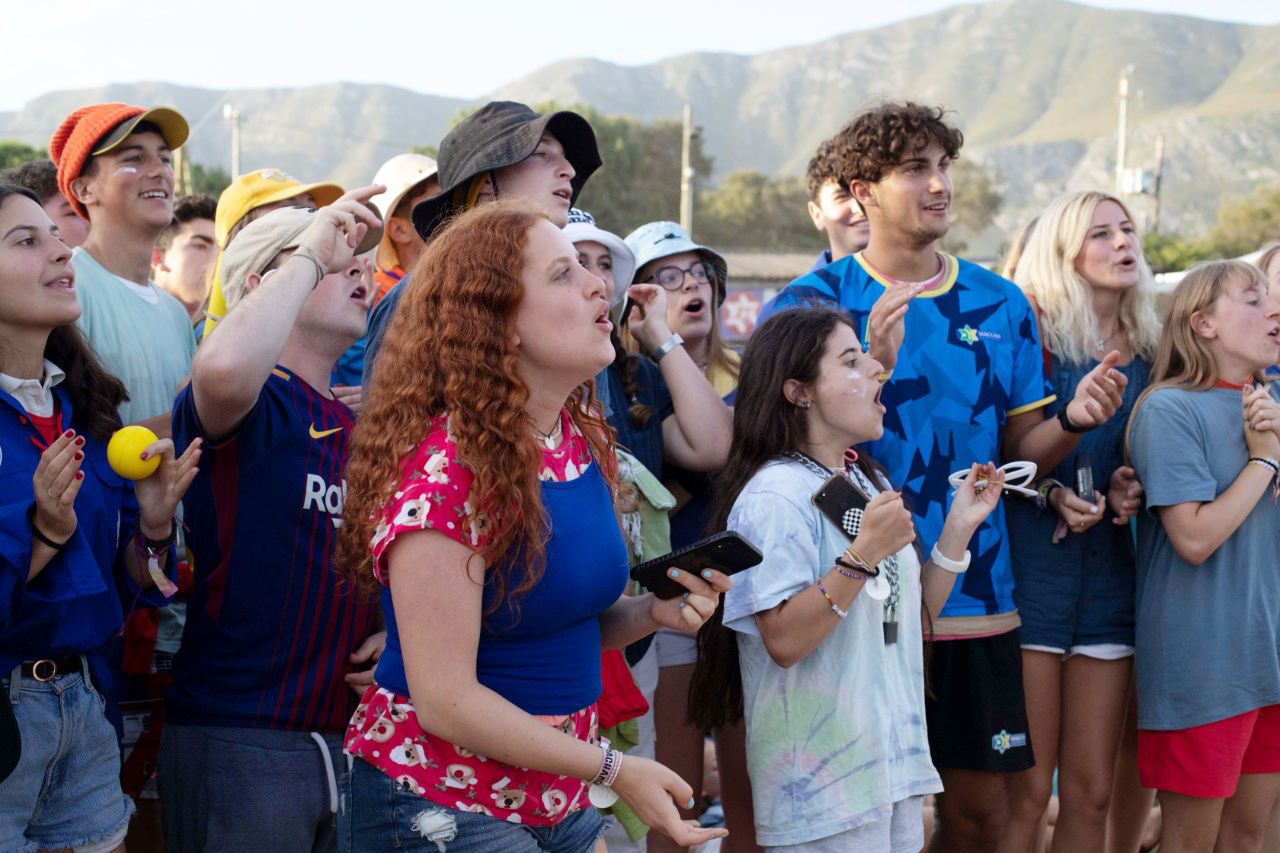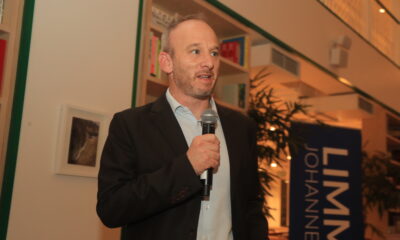
Youth

Youth movements trying to bridge the gaps
Jewish youth movements in South Africa are finding new ways to deal with the needs of a post-pandemic youth but still figuring out how best to deal with the divide between youth movements, university, and post-studies.
“Kids after lockdown are craving freedom,” Bnei Akiva Johannesburg Rosh Rebecca Matisonn said at a special youth movement panel discussion at Limmud Johannesburg last weekend.
“They don’t want to be around their parents. They don’t want to be told when to do something, why they should do it, and how. They want to be able to make choices for themselves, and this is quite hard as a youth movement that provides a structure and a programme to follow.
“Many think they are much older than they are, but mentally, they are younger because of the lack of development they have had during the pandemic,” Matisonn said.
Another problem she cites among those she loosely refers to as the “TikTok generation” is a sense of apathy.
“People don’t care about Judaism the way they used to. There’s a lack of focus. The schools struggle to get kids involved in sport or productions the way they used to. As a youth movement, we see it too, but we’re here to combat it and bring back the care and the love for all the things our community has to offer,” Matisonn said.
Habonim Dror South Africa Sgan Mazkir Klali Mira Rudnick agrees, but believes that what appears to be a “will to be free” is in fact “anxiety, insecurity, and lack of confidence”.
Children aren’t getting involved because they’re scared, Rudnick said. “Youth movements give young people confidence. They give them a sense of freedom and an understanding that they have their own space in the community.”
Rudnick said that youth movements had been fighting tooth and nail to continue programmes over the past few years, and “so regretted” the disappointment last year when the machanot (camps) were cancelled at the last minute.
“Kids were unbelievably disappointed,” Rudnick said. “I believe this uncertainty manifests in this weird arrogance in which teens claim they don’t need youth movements anymore because they managed without them for two years.
“It’s a copout. They actually don’t know what to do with themselves, and it’s our job to help them understand that we – their maddies – can be their guide and help them through this time.”
Bethia Milner, the chairperson of South African Union of Jewish Students (SAUJS) at University of the Witwatersrand, said that what SAUJS is experiencing was a microcosm of the issues Jews face in South Africa.
“We face remarkably little antisemitism on campus,” she said. “It feels like we have an incredibly safe space for Jews on campus. People are comfortable wearing kippot and identifying as Jewish.”
However, she added, “Students are hesitant to call themselves Zionists and say they went to Israel.”
This has caused students to create bubbles and remain within them to feel safe, resulting in little mixing with other South Africans. “The more time you spend with other Zionists, the less people there are to counter the anti-Zionist narrative,” Milner said.
The problem is that these bubbles are small, with people who have the same political or religious views, like in Habonim or Bnei Akiva, and they don’t necessarily engage with other Jews.
“As in the case of teens, there’s a general lack of engagement at university, creating communal divisiveness,” Milner said. “So, when SAUJS says, ‘Let’s put all that aside and have a party,’ there’s this hesitancy and lack of buy-in.”
To counter the need for freedom, Bnei Akiva has created what Matisonn calls “organised chaos”, giving channies enough freedom to come to their own conclusion that they don’t really want as much as they thought they did, and to choose to use their time proactively.
Matisonn spoke about the recent Grade 10 Hadracha in Israel, when all her channies wanted to do was shop, but after an hour of that, they wanted to do something more stimulating.
“It was incredible to watch that click in their brain when they realised there’s more to life than just partying and socialising,” said Matisonn. She said Bnei Akiva was trying to prepare channies to want more out of their post-school and university experience.
Rudnick said that in countering youngsters’ anxiety and fear, Habonim had to show real empathy and understanding.
“We can relate to these fears,” she says. “We weren’t at school long ago, so we understand. It’s important for us to assess the situation, which we have spent a lot of time doing during lockdown. To see what Habonim’s role is, and what we offer that’s different. It’s about empathy, showing that we’re here, and offering a unique support system. It’s about listening, and not imposing our own ideas of what they’re facing.”
Rudnick said Habonim was doing its best to address the post-school and university gap, and to work with other youth movements for the greater good of the community.
For Milner, though, the gap she worries about most is what happens after university, when there’s no longer SAUJS or youth movements.
“It’s after you graduate and enter the workforce, and suddenly SAUJS, Bnei Akiva, and Habonim ends and there’s nothing, no connection to the community,” said Milner. “This is where the real issue lies.” How do people connect with the community then, she asks. “This is a real area of concern, and the community needs to look at how to ensure it doesn’t lose these young adults.”
Rudnick agrees, saying Habonim is also having this “pertinent conversation”, trying to work out what can be done about it.
Matisonn thinks it’s a vital issue, but it doesn’t help the crisis of the many Jewish school kids falling through the cracks who don’t want to be part of any Jewish youth movement.
She believes youth movements need to bridge the divide, and make sure that no Jewish child is left behind. “If our organisations aren’t working together and there’s animosity between us, this is a major problem,” she said.










